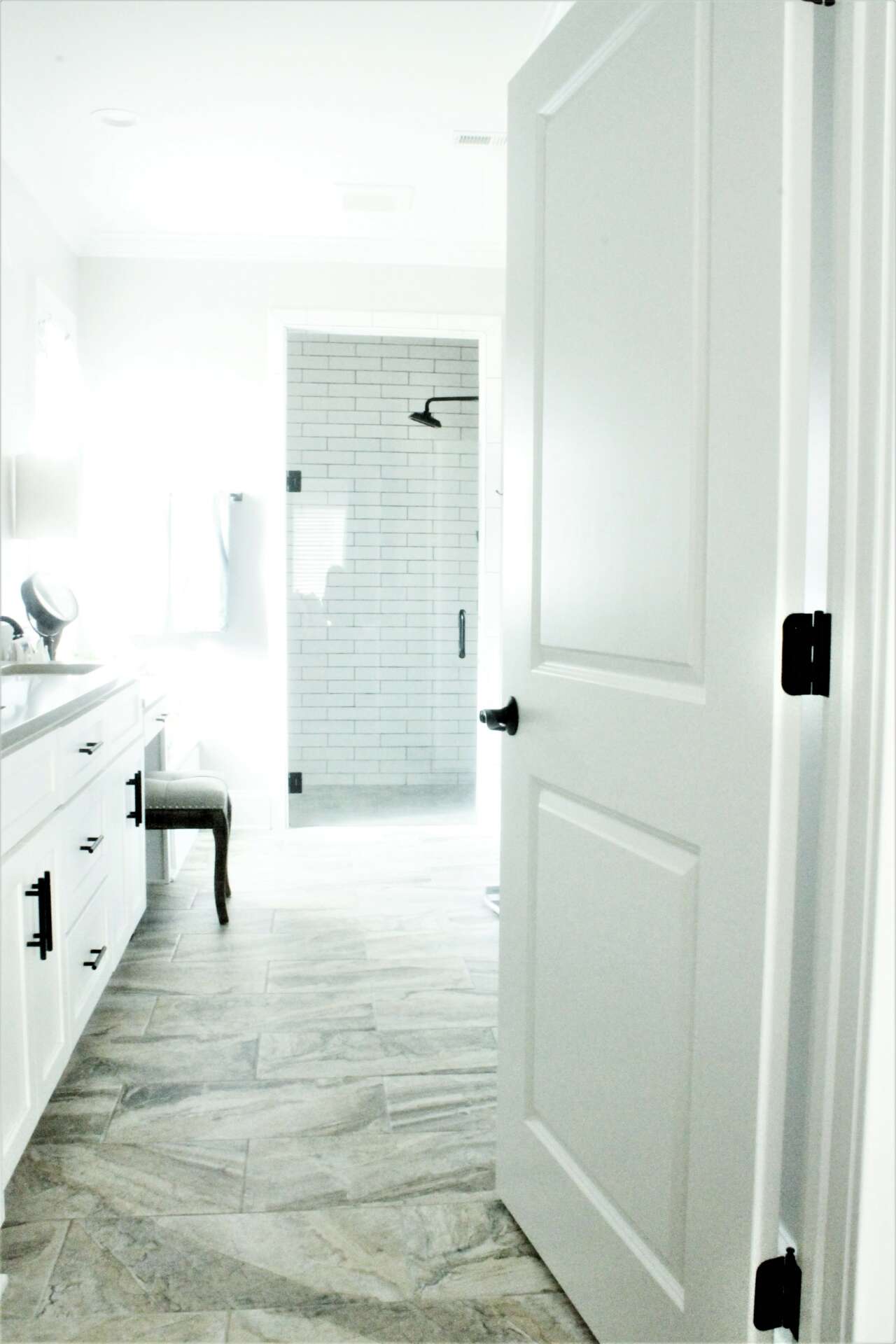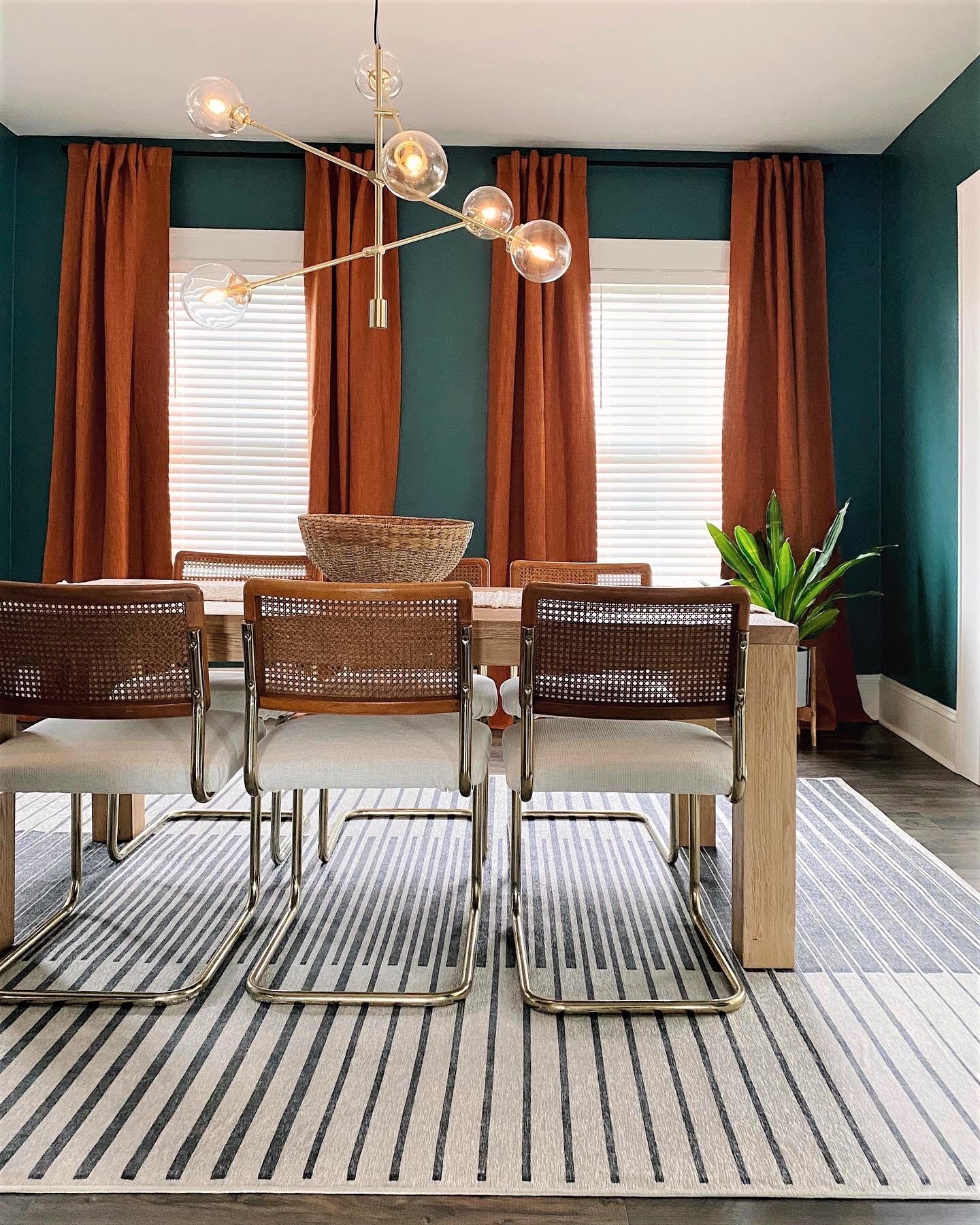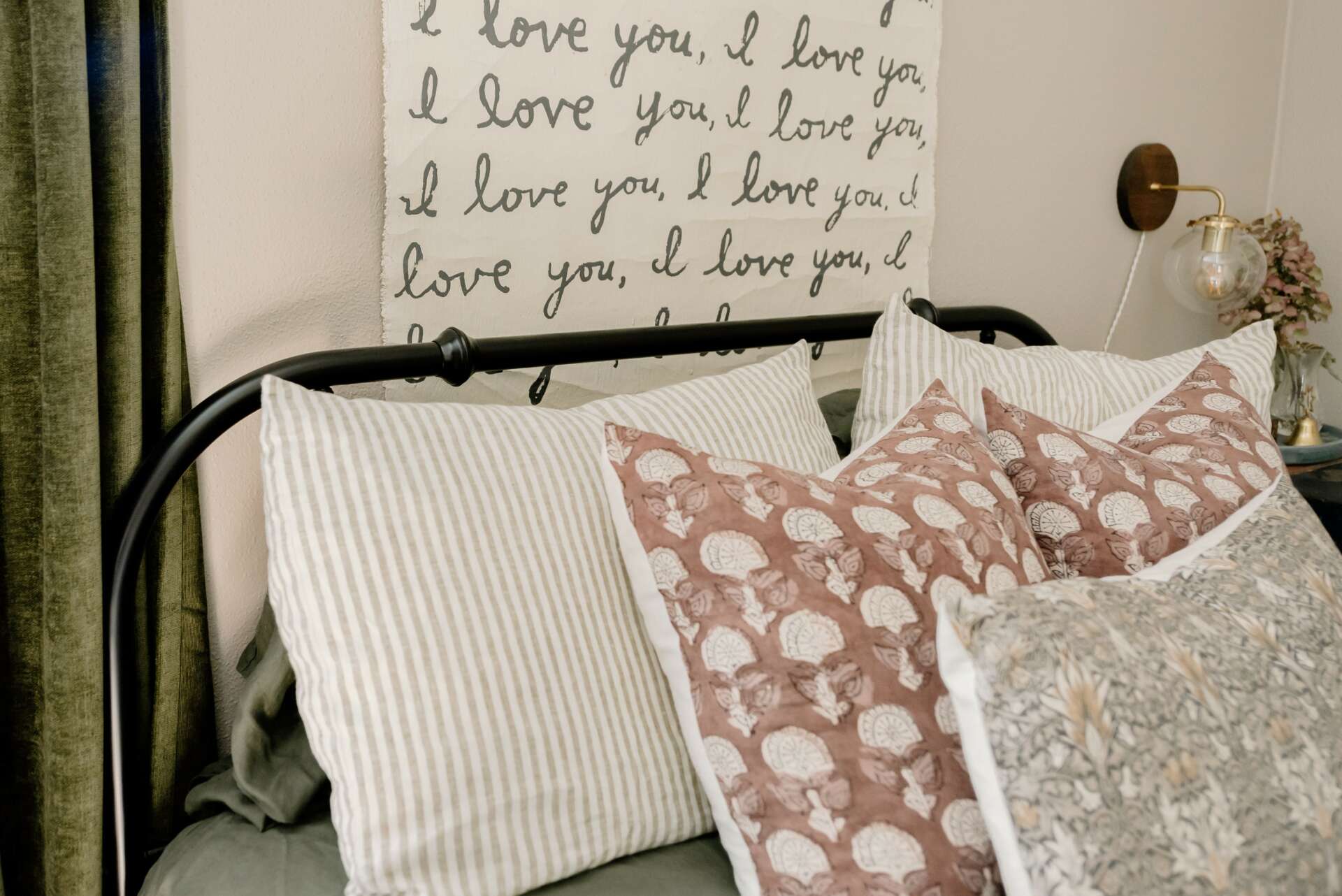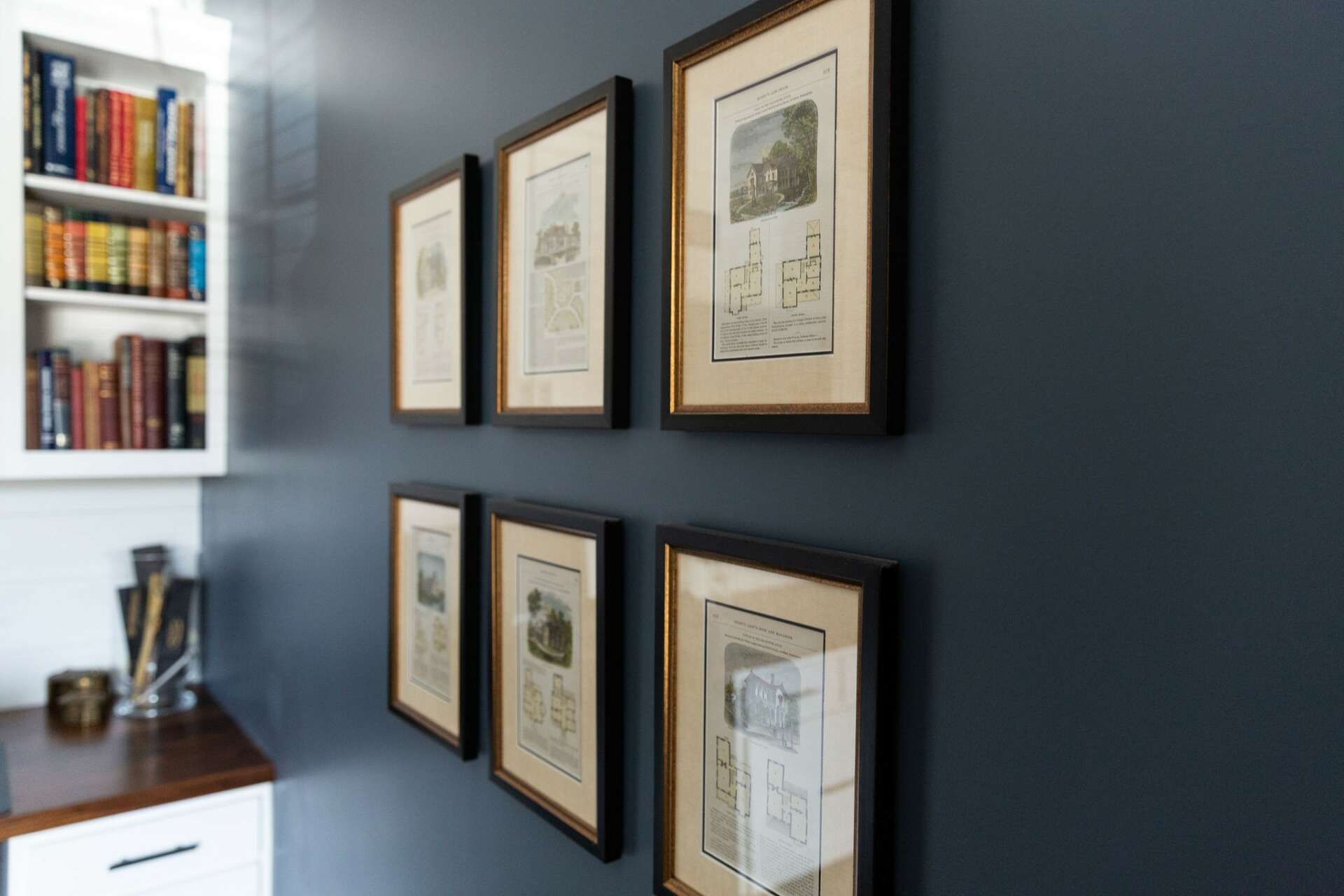We recently connected with Kelsey Orton and have shared our conversation below.
Hi Kelsey, thanks for joining us today. Let’s start with the story of your mission. What should we know?
Home is meant to be your safe place. It is where you should feel the most like yourself, with the people you love. Often times, I see people continuously fall into a cycle of constant spending on something they see in a store that looks great by itself, but doesn’t fit into the aesthetic of their home, nor is a representation of who they truly are. Their purchases become a “copy and paste” from what they see on social media, or their friend’s homes. And shortly after, most people are plagued with regret after purchasing cheaply made furnishings for their home that quickly break, and that look like every other home. My mission is to educate people that interior designers are not just for the wealthy. We are here to educate you in making informed decisions before you spend a dime, and helping cultivate a space that speaks to you, to create a custom and timeless look for years to come.


As always, we appreciate you sharing your insights and we’ve got a few more questions for you, but before we get to all of that can you take a minute to introduce yourself and give our readers some of your background and context?
As a kid, I wanted to be a fashion designer. I was obsessed with making things, and with art and textiles. As I got older, my dad and I would walk through construction sites in our neighborhood in the evenings. My dad worked as an engineer, and even to this day designs home floorplans on the side. The aspect of construction absolutely fascinated me! Then I quickly discovered that I could blend my love of art with the technical aspects of construction to pursue a career in interior design.
As I started my major at High Point University, we were quickly introduced to building codes and ADA (Americans with Disabilities Act) compliances, that would serve as the foundation of good design. How does a space function? How do the people within it function? How can it be accessible, safe, and beautiful all at the same time? My focus is on high-end residential homes. Many of my clients are building a home or renovating a home that will be a long term home, or a forever home. Because of this, many of them are wanting to design to age-in-place, a term used to build or renovate a home to be accessible for wheelchair/walker access so that a family wouldn’t have to uproot themselves if aging or injury became an issue in terms of the day-to-day functions in regards to safety and clearances in the home. These clients also build with their aging parents in mind in order to have the peace of mind to have a space to take care of them in a home that feels comfortable, not sterile.
I also love taking these core aspects to clients that may have a smaller budget or are just starting out and need inspiration to jumpstart a project. We talk through future goals of their home, or future home, to make the most informed design decisions to budget properly. My thought process for design is incredibly future-minded.
What else should we know about how you took your side hustle and scaled it up into what it is today?
When I first started out in the design industry, I was working for larger companies, but I knew as time went on, my ultimate goal was to be a stay-at-home mom. In 2016, after an incredibly low point in my career, working in a toxic work environment, my husband encouraged me to take the leap and go out on my own. I founded my LLC then, took a few small consultation jobs here and there, but then really went out on my own after our daughter was born in 2019. I was fortunately able to have the foundation of past clients, and build from there to take on more robust and full-scope projects in the height of the pandemic. Today, I am so thankful I took those small steps years ago to at least establish the legality of everything, even if I wasn’t taking a paycheck at that point, and considered my business a small side hustle. Today, I am officially on payroll, and can take on enough projects to stay busy, but still be an active roll in my daughter’s life. Family means everything to me, and that truly overflows into my work as well when working with clients with children or grandchildren.


Any thoughts, advice, or strategies you can share for fostering brand loyalty?
Because I am so family oriented, I really love getting to know each individual of the client’s family, whether it’s through getting to know them personally, or having the clients share stories of them. People want to feel seen and loved. Home is incredibly personal, so I want to make sure that my touchpoints are that way. I hate when businesses feel inauthentic in their approach of “keeping in touch.” I don’t need another mug with a company’s logo on it, I need someone to actually care.
I had a client a few years back that was fostering two small children that were on the path towards adoption with them. At my in-home consultation, I met the young daughter. She was painting the entire time and would give me pieces of the artwork while I was working with her foster mom. I told her when I left that I would keep the pieces, which I did. A few months later, tragedy struck the family causing the children to get pulled out of the home, at no fault of the foster parents. My client was absolutely heartbroken. I remembered how much they enjoyed abstract artwork, so I took the foster daughter’s “abstract” painting she had given me, framed it, and mailed it to my client when they moved into their new home. In business, pay checks are nice, but it’s the impact you make on other’s lives that are the most important. If we’re not looking beyond the dollar signs, then what’s the point? I see my job as loving and serving my clients, even past project wrap up.
Contact Info:
- Website: www.tennysonstudio.com
- Email: [email protected]
- Instagram: @mytennysonstudio
- Facebook: tennysonstudio
Image Credits
Stephanie Powell Creative and Elise Holsonback


